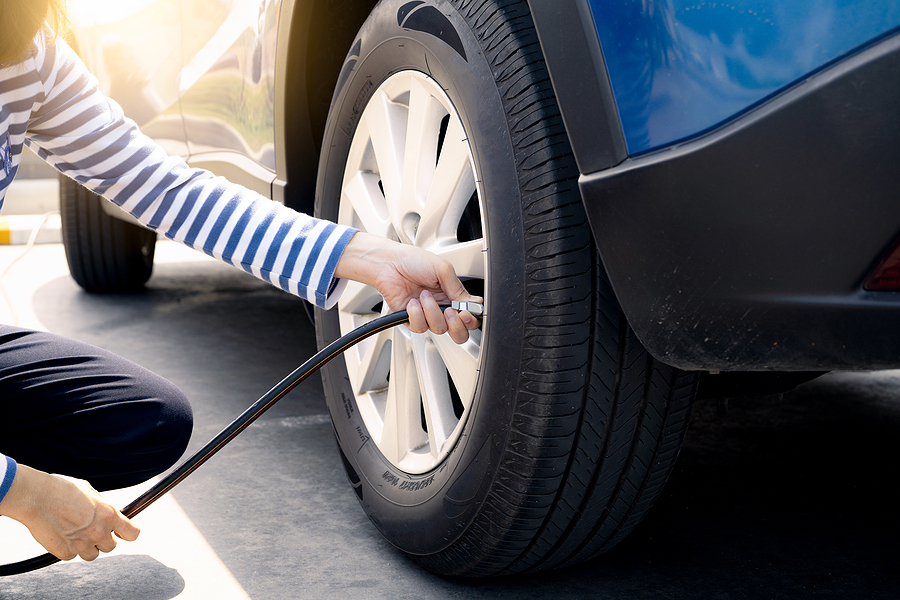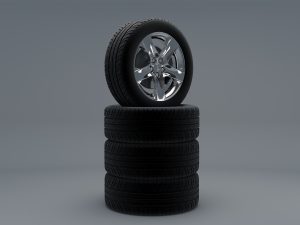Tires are an essential part of your car and keeping them in good condition is important for a safe and smooth ride. Unfortunately, many people neglect their tires until it’s too late – resulting in costly tire replacements or even worse, unsafe driving conditions. To ensure that your tires last as long as possible, here are seven tips to help you keep them in great shape: regular tire rotation; proper inflation pressure; check the tread depth regularly; avoid curbs and potholes when parking; drive with caution on hot pavement; inspect the sidewalls for any damage or wear-and-tear signs; and replace old tires before they become dangerous.
By following these simple steps, you can protect yourself from unnecessary expense while maintaining a safe driving experience.

Achieve Ultimate Tire Longevity With These 7 Tips
Tire Rotation and Balancing
Tire rotation and balancing is one of the best ways to extend the life of your tires. This involves regularly switching out your tires, placing the front ones on the rear and vice versa. Not only does this help even out any uneven wear that may be occurring, it also prevents bald spots from appearing sooner than expected. You should get your tires rotated every 5,000 to 8,000 miles or according to the manufacturer’s guidelines – whichever comes first.
Tire Pressure
Another important step in tire care is making sure the pressure is correct for each individual tire. This can typically be found on a label inside the driver-side door jamb or on the glove compartment door. Underinflated tires can lead to reduced gas mileage as well as worn-out tires faster than usual. Conversely, overinflated tires can create a bumpy ride and can also wear down the center of the tire quicker.
Tire Tread
It’s important to check your tire tread depth on a regular basis in order to ensure that you have sufficient traction. The best way to do this is by using a reliable tread depth gauge or penny test – placing a penny upside down in between each groove and checking if Lincoln’s head is still visible; if it is, then your tread has become too shallow. If the tread has become too shallow, replace your tires immediately for safety reasons.
Parking Tips
When parking your car, always try to avoid curbs and potholes. Driving over these obstacles can potentially cause damage to your tires, such as punctures or bulges. If you have to drive over them, make sure to do so slowly and cautiously.
Driving in Hot Weather
When driving on hot pavement during summer months, keep an eye out for any potential tire damage. The heat can cause the rubber to expand quickly which can result in a blowout if it’s driven at high speeds. Make sure to be extra careful when driving on hot asphalt or concrete – reducing speed and keeping an eye out for anything that might indicate tire trouble.
Tire Sidewalls
Inspecting the sidewalls of your tires is another important step in making sure they last longer. Look for any signs of wear-and-tear such as cracks, blisters, or missing chunks. Also, make sure to check for any punctures or bulges that could indicate a more serious problem.
Tire Replacement
Finally, it’s important to replace your old tires before they become dangerous. Tires that have aged past six years should be inspected closely and replaced if necessary – even if there are no visible signs of damage. This is because the rubber compounds used in tire manufacturing can break down over time due to exposure to the elements and other factors, making them less effective in providing safe traction on the road.
Get Optimal Tire Performance Year-Round
By following these seven tips, you can ensure that your tires last as long as possible while maintaining their performance and safety. Taking care of your car’s tires is essential for a smooth ride and peace of mind. So, remember to routinely inspect your tires, rotate them regularly, maintain proper pressure and replace old ones in a timely manner. By doing so, you’ll be able to protect yourself from unnecessary expense while maintaining the best performance from your car.
Are you looking for a qualified auto repair shop that offers the most competitive rates for tire services? Contact Northeast Auto Service at 317-475-1846 for professional tire service and repair in Indianapolis, Indiana. Request a free estimate, or schedule service, today.
Related Posts:
When Should I Rotate and Balance My Car Tires?
Are Bigger Tires More Fuel Efficient?
Recommended Maintenance for a Car That Has Not Been Driven in a While



